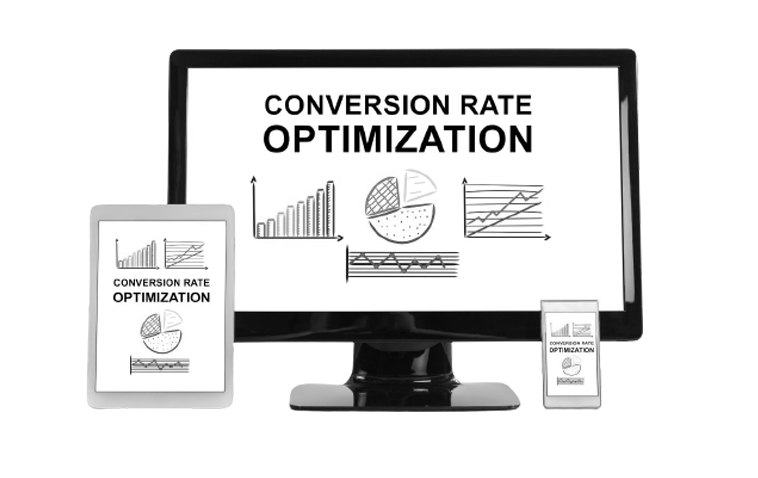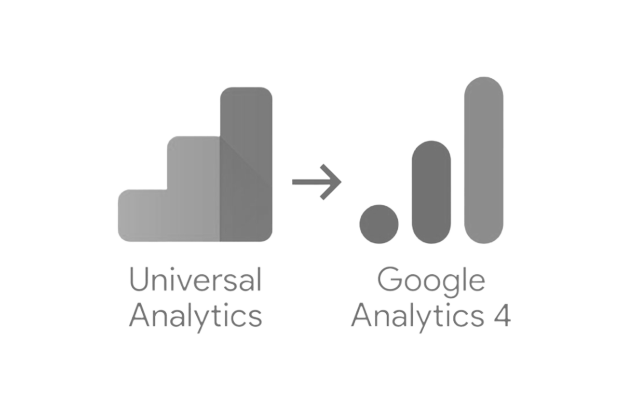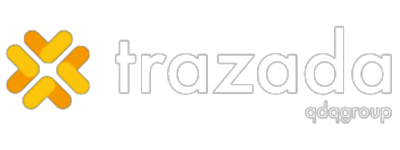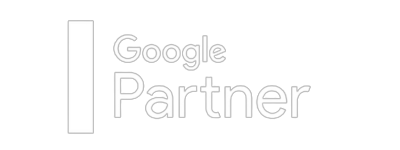Understanding Conversion Rate and Conversion Rate Optimization
Conversion rate is a metric that measures the percentage of website visitors who complete a desired action, such as making a purchase, filling out a form, or subscribing to a newsletter. A high conversion rate indicates that a website is well-designed, formatted effectively, and appealing to its target audience. On the other hand, a low conversion rate could be the result of a variety of factors related to either website performance or design, such as slow load times, a broken form, or copy that doesn’t convey the value of the offer.
Calculating the conversion rate is easy as long as you know how you’re defining a conversion. You just plug in two values and multiply by 100. For example, if you had 100 visitors to your website and 10 of them made a purchase, your conversion rate would be 10%.
Conversion rate optimization (CRO) is the process of improving a website’s performance and user experience to increase the number of visitors who complete a desired action. Its purpose is to get visitors to perform a specific action that benefits the business, such as purchasing a product, signing up for a newsletter, or clicking a call-to-action button.
Factors influencing Conversion Rate
There are multiple factors to take into account to draw correct conclusions about the online conversion rate. First of all, we mention the type of industry or sector and the level of competition inside your geographic action area . Location is also key, when it comes to understanding the consumption habits . These may vary depending on the focus of your business (local, regional, national, international)
Various factors come into play, including the nature of the product or service offered and its competitive value proposition. Equally important is the customer experience, which significantly impacts the conversion rate. This involves optimizing our platforms and landing pages to deliver maximum satisfaction as users explore our website, corporate blog, and other channels.
In this sense, we will pay attention to usability, web development and design, adaptability to all devices and the need for deliver a seamless omnichannel experience .
The primary goal is to provide users with efficient support throughout their journey, from initial contact to conversion-focused landing pages.
Steps and Recommendations to Improve Conversion Rate
Here are some steps and recommendations to improve the conversion rate of a website:
- Define your conversion goals – Before you can optimize your website for conversions, you need to define what a conversion means for your business. This could be making a purchase, filling out a form, or subscribing to a newsletter.
- Analyze your website’s performance – Use tools like Google Analytics to track your website’s performance and identify areas for improvement. Look for pages with high bounce rates or low conversion rates and try to identify the reasons why.
- Improve website speed – Website speed is a critical factor in conversion rate optimization. Slow load times can lead to high bounce rates and low conversion rates. Use tools like Google PageSpeed Insights to identify areas where you can improve website speed.
- Optimize website design – A well-designed website can improve user experience and increase conversion rates. Use tools like Hotjar and Crazy Egg to understand how users interact with your website and identify areas for improvement.
- Use clear and compelling copy – The copy on your website should clearly convey the value of your offer and compel users to take action. Use A/B testing to test different variations of your copy and see which one performs better.
- Use clear and prominent calls-to-action – Calls-to-action (CTAs) should be clear, prominent, and easy to find. Use A/B testing to test different variations of your CTAs and see which one performs better4.
- Test different variations of your website – A/B testing is a powerful tool for conversion rate optimization. Test different variations of your website to see which one performs better. Use tools like Optimizely to set up and run A/B tests3.
- Continuously monitor and optimize – Conversion rate optimization is an ongoing process. Continuously monitor your website’s performance and optimize it for conversions. Use tools like Google Analytics to track your progress and identify areas for improvement.
Useful Tools for Conversion Rate Optimization
There are many tools available to help with conversion rate optimization, and some of the most important and useful ones are:
- Google Analytics – a free tool that provides valuable insights into website traffic, user behavior, and conversion rates. It allows you to track your website’s performance and identify areas for improvement.
- Hotjar – a tool that provides heatmaps, session recordings, and feedback polls to help you understand how users interact with your website. It also offers conversion funnel analysis to identify areas where users drop off before completing a desired action. Hotjar offers a free plan with limited features and paid plans with more advanced features.
- Crazy Egg – a tool that provides heatmaps, scroll maps, and click reports to help you understand how users interact with your website. It also offers A/B testing and user feedback tools to help you optimize your website for conversions. Crazy Egg offers a free trial and paid plans with more advanced features.
- Optimizely – a tool that provides A/B testing and personalization tools to help you optimize your website for conversions. It allows you to test different variations of your website to see which one performs better. Optimizely offers a free trial and paid plans with more advanced features.
In conclusion, conversion rate optimization is a critical process for any website that wants to increase its conversion rates and boost sales. By defining your conversion goals, analyzing your website’s performance, and using tools like Google Analytics, Hotjar, and Optimizely, you can optimize your website for conversions and improve your bottom line.









